The more I reduce the
material, the closer I get to nature, and enter into a relationship with light
and the wind.”
Interview by Luigi Prestinenza Puglisi
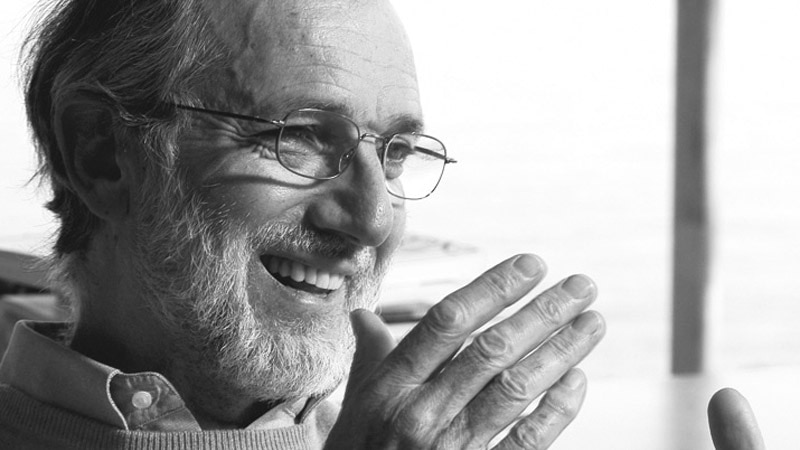
You focused on technology originally. Why was that?
I was fascinated by Jean Prouvé and sometimes I used to go to Paris to hear his lectures. I was also very enthusiastic about the work of Frei Otto; his structures seemed to defy the law of gravity. I graduated in 1964 with Giuseppe Ciribini, a professor who was responsible for modular co-ordination. In 1969, I had designed a building with a light reticulated cover for the Osaka Exhibition which was inaugurated the following year. In 1970 I started up a design company with Richard Rogers, and the year after that we won the competition for the Pompidou Centre in Paris.
What does sustainability in architecture mean to you?
I like to associate the word sustainability with elevation. The more I remove whatever is excessive, the more I economise in materials. The more I reduce the material, the closer I get to nature, and enter into a relationship with light and the wind. I am aware of the fact though that it is not always energy efficiency which provides lightness. Sometimes weight can be used to achieve good thermal inertia. At the recent California Academy of Sciences in San Francisco I tried to balance weightiness and lightness. The roof was made heavier in order to accommodate 2,000,000 different species of plants which guarantee that the building functions well from a climatic point of view. Light is brought into play by means of some porthole-type windows: during the day natural light enters, and by night artificial light is emitted.
How do you relate to other lighting specialists when you are aiming for sustainability?
I like working with them. For example, we have carried out numerous projects with a lighting manufacturer, some of which led to the development of lighting devices which were then put into production. The objective is efficiency, long-life, and restriction of consumption, and modern technologies help us in this respect. Previously a halogen lamp would last for 1,000 hours, and a sodium and mercury vapor one would last for about 10,000 hours; LEDs can now last for as long as 60,000 hours. If the service life changes, you can also vary the way in which you design the object, in relation to the way in which it lasts over a period of time.
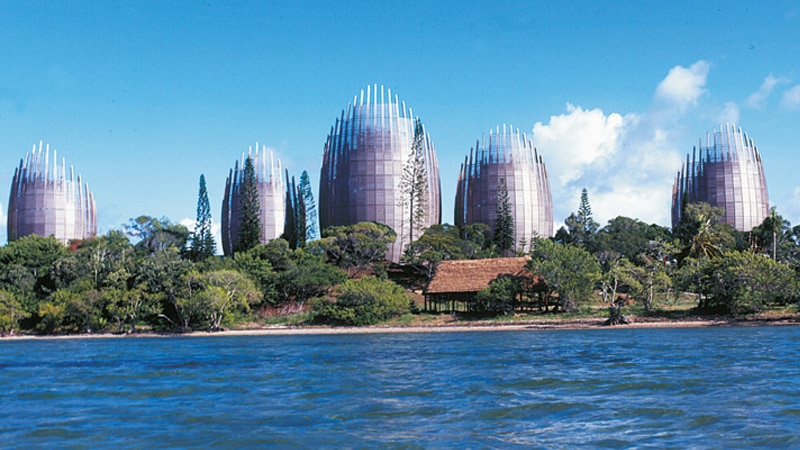
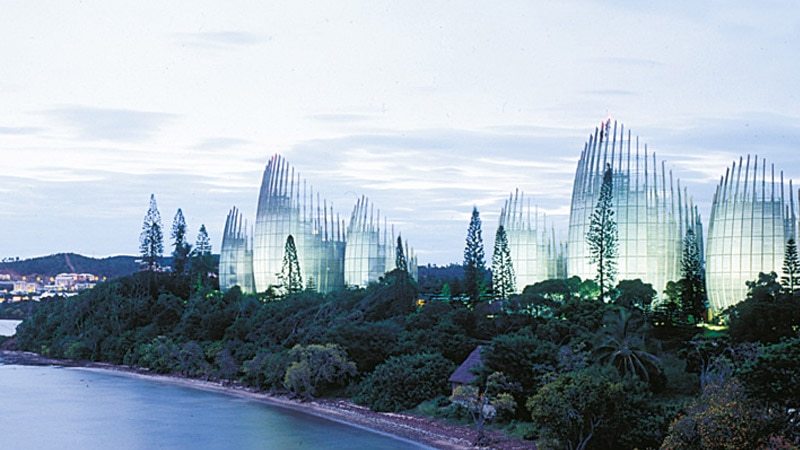
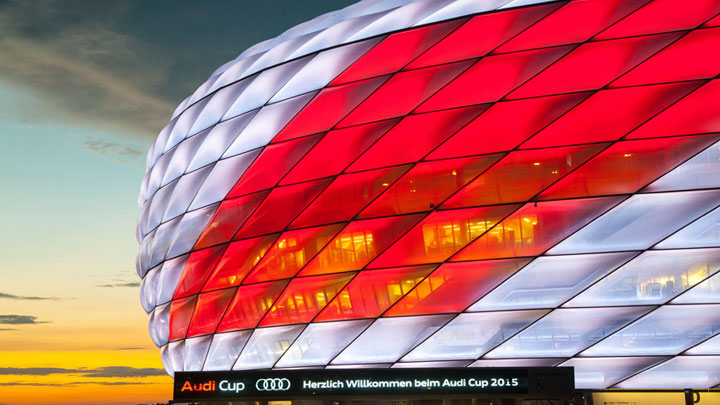
Tools
Philips Lighting specifier tools: up-to-the-minute support for engineers, lighting designers and architects
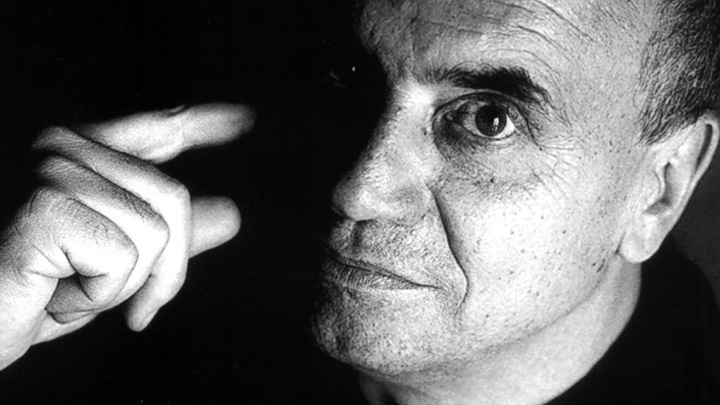
Massimiliano Fuksas
Massimiliano Fuksas, one of the most respected international architects, uses light as a design tool.
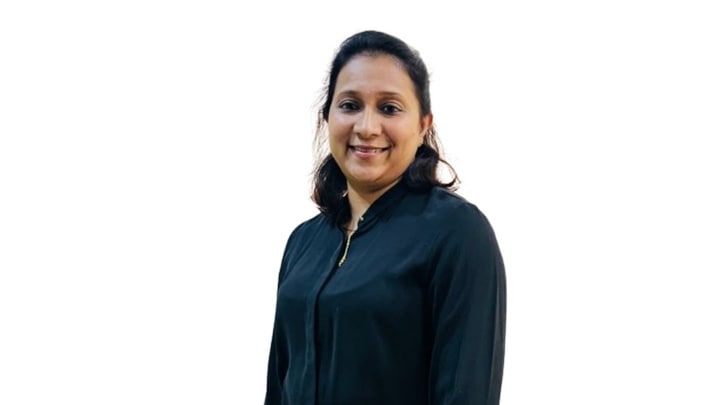
Roopa Raghu
Pioneers of Light, Signify, interview, Roopa Raghu, designer, architect.